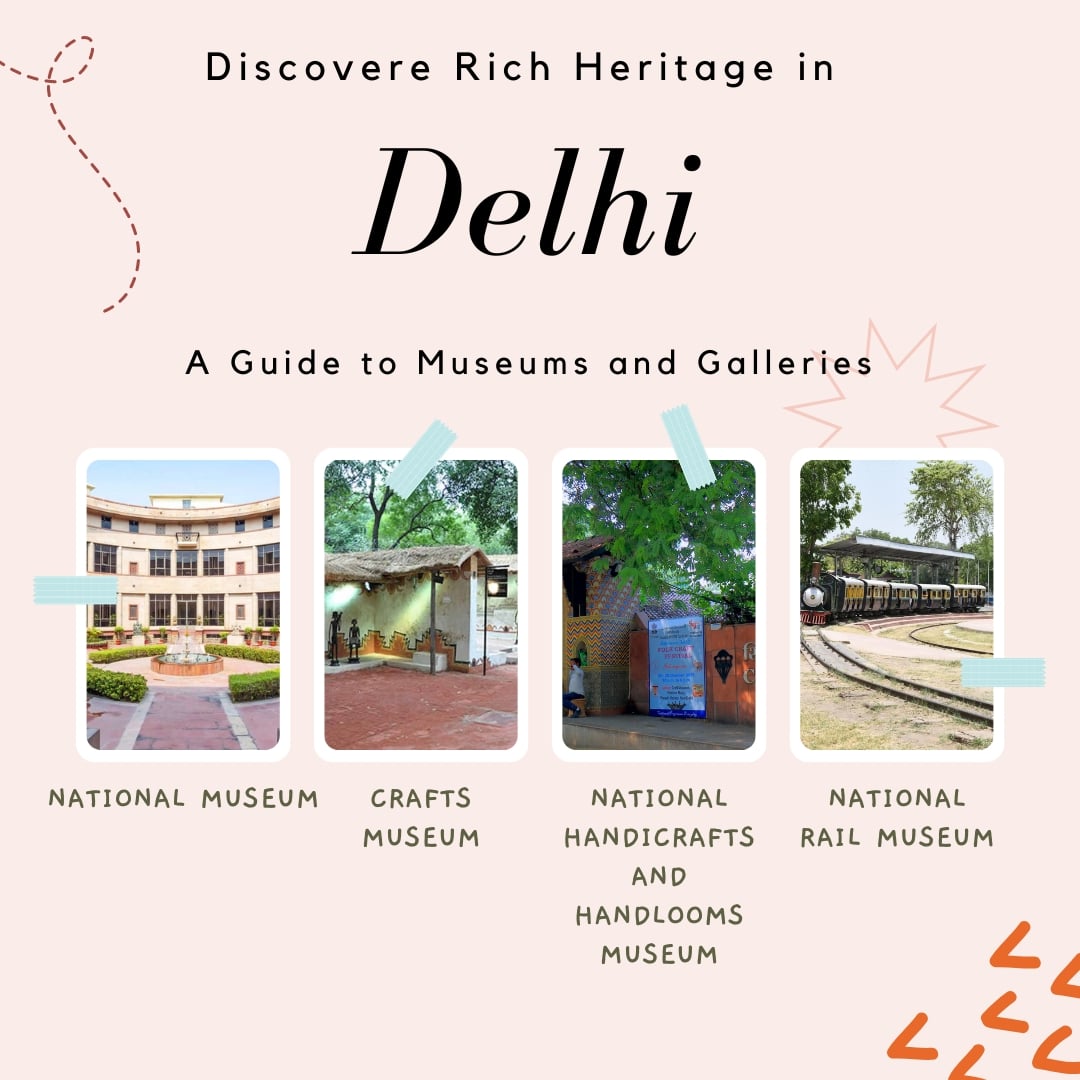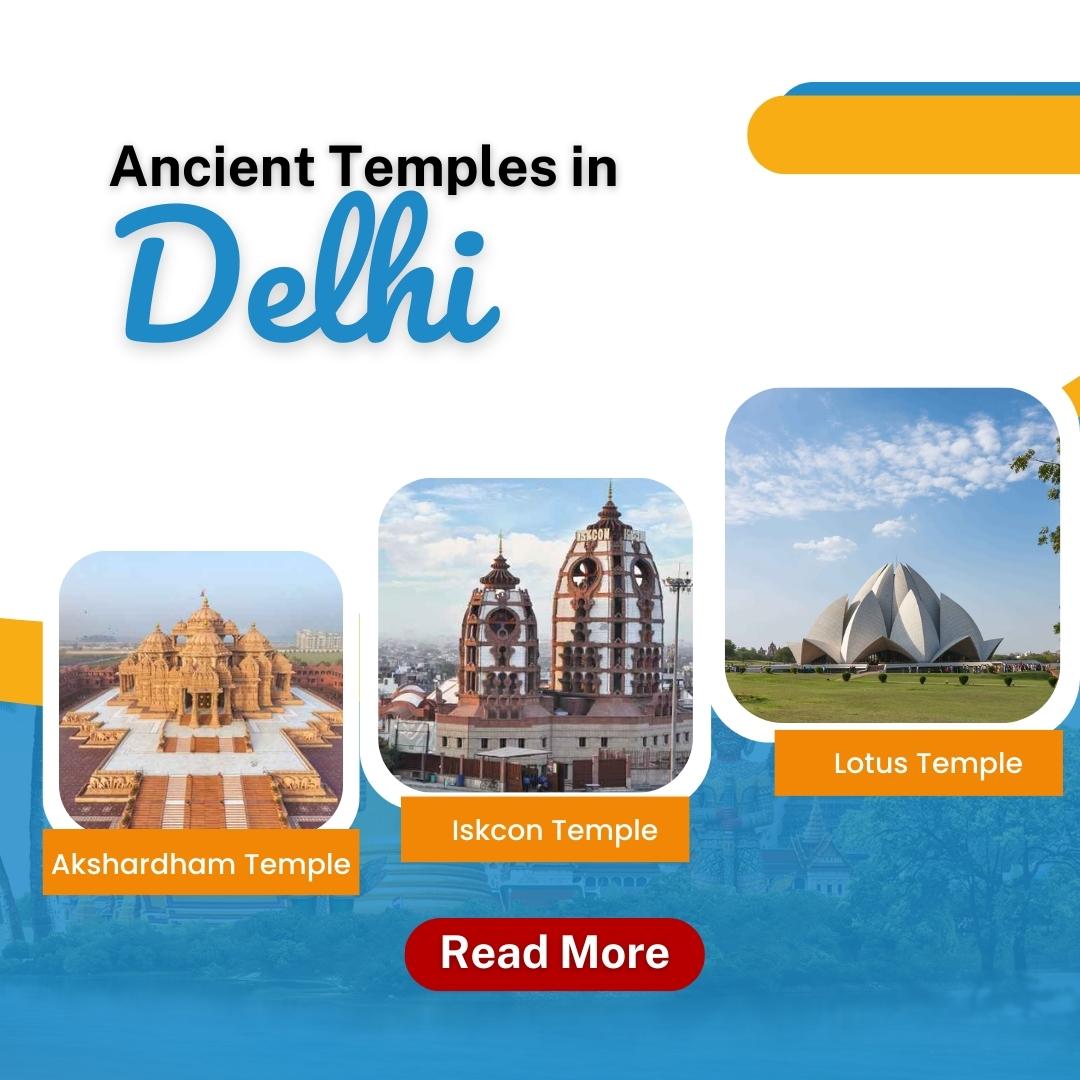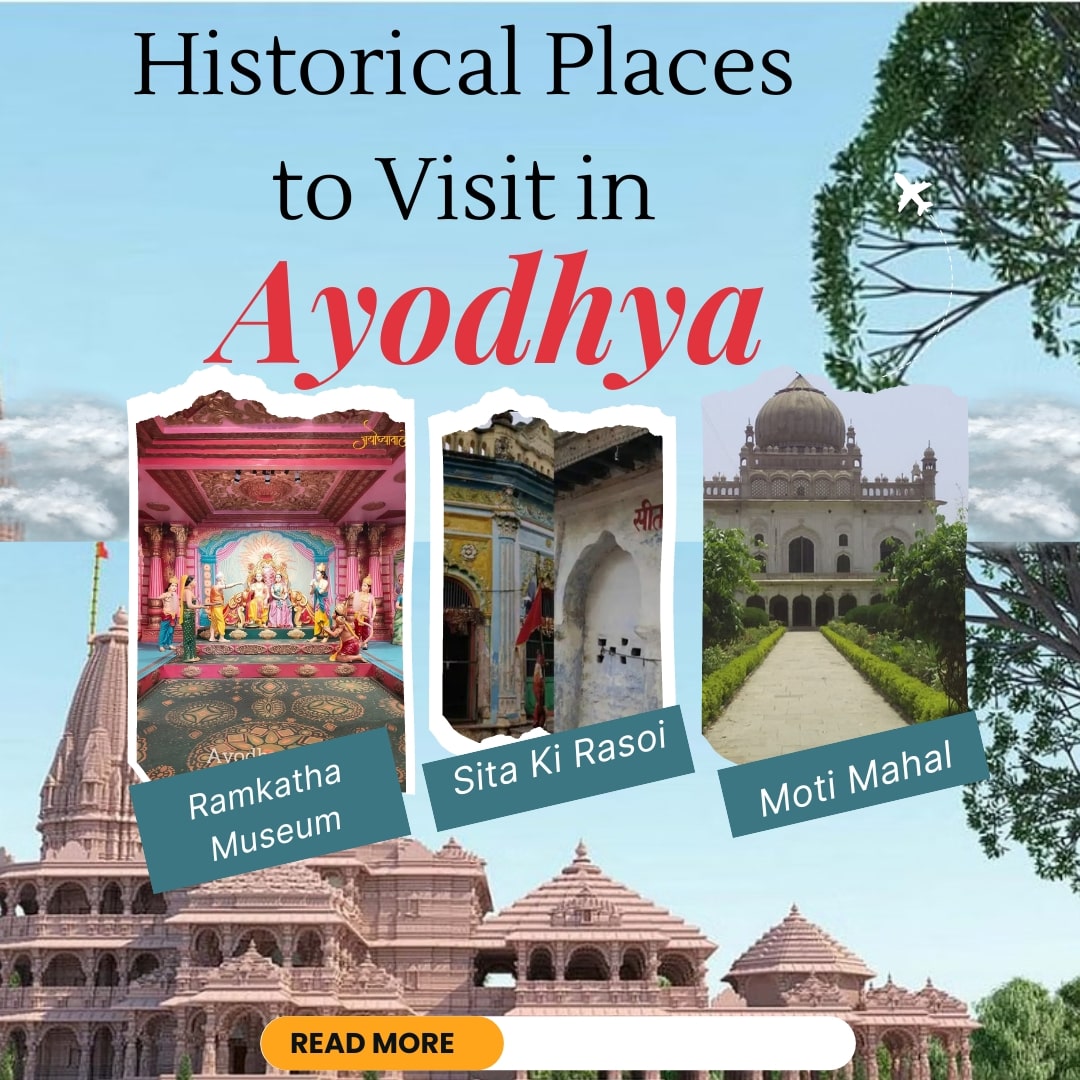
Delhi, the capital city of India, is a repository of the nation’s rich cultural heritage, and its museums and galleries play a pivotal role in preserving and showcasing this legacy. Ranging from art galleries to historical museums, these institutions offer visitors an unparalleled insight into the city’s diverse heritage. In this article, we will explore five prominent museums and galleries in Delhi, delving into their history, collections, and visiting information. Let’s Know about Museums and Galleries in Delhi.
National Museum Delhi

Historical background and significance of National Museum Delhi
Established in 1949, the National Museum in Delhi is one of the largest museums in India, boasting an extensive collection that spans over 5,000 years of Indian history. The museum aims to promote understanding and appreciation of the nation’s artistic and cultural treasures.
Collection highlights and exhibits
The National Museum houses a vast array of artefacts, including sculptures, paintings, textiles, and coins. Notable exhibits include the Harappan collection, the Mauryan and Gupta art, the Buddha relics, and the exquisite collection of miniature paintings.
Visiting information: Timings, entry fee, and tips
The National Museum is open from Tuesday to Sunday, and an entry fee is applicable. Guided tours are available in various languages, and visitors are encouraged to allocate at least a couple of hours to explore the museum’s impressive collection.
National Gallery of Modern Art

Historical background and significance of National Gallery of Modern Art
The National Gallery of Modern Art (NGMA), founded in 1954, is dedicated to the promotion and preservation of modern and contemporary Indian art. The gallery is housed in the magnificent Jaipur House, a former royal residence.
Collection highlights and exhibits
NGMA showcases a diverse range of artworks, including paintings, sculptures, and photographs by renowned Indian artists such as Raja Ravi Varma, Amrita Sher-Gil, and M.F. Husain. The gallery also hosts temporary exhibitions and educational programs to engage the public.
Visiting information: Timings, entry fee, and tips
The National Gallery of Modern Art is open from Tuesday to Sunday, and an entry fee is applicable. Guided tours are available, and visitors should allocate at least a few hours to fully appreciate the gallery’s extensive collection.
Crafts Museum

Historical background and significance of Crafts Museum
The Crafts Museum, established in 1956, celebrates the rich tradition of Indian handicrafts and folk art. The museum aims to preserve and promote the diverse crafts and skills of artisans across the country.
Collection highlights and exhibits
The Crafts Museum houses a stunning collection of textiles, pottery, woodwork, and metal crafts, alongside traditional paintings and sculptures. Visitors can also witness live demonstrations by artisans and even purchase unique handicrafts at the museum shop.
Visiting information: Timings, entry fee, and tips
The Crafts Museum is open from Tuesday to Sunday, and an entry fee is applicable. Visitors are advised to dedicate at least a couple of hours to explore the museum’s vibrant collection and enjoy the live demonstrations.
National Handicrafts and Handlooms Museum

Historical background and significance of National Handicrafts and Handlooms Museum
The National Handicrafts and Handlooms Museum, also known as the National Crafts Museum, was established in 1956 to showcase India’s rich and diverse craft heritage. The museum houses an impressive collection of traditional crafts, textiles, and folk art from across the country.
Collection highlights and exhibits
The museum’s exhibits include an extensive range of textiles, embroidery, pottery, and tribal art, offering a glimpse into the artistic traditions of different Indian regions. The museum also features a Craft Demonstration Area, where visitors can watch artisans at work, creating beautiful handicrafts using age-old techniques.
Visiting information: Timings, entry fee, and tips
The National Handicrafts and Handlooms Museum is open from Tuesday to Sunday, and an entry fee is applicable. To make the most of your visit, allocate at least a couple of hours to explore the vast collection and interact with the artisans in the Craft Demonstration Area.
National Rail Museum

Historical background and significance of National Rail Museum
The National Rail Museum, established in 1977, is dedicated to preserving and showcasing the fascinating history of Indian Railways. Spread over 10 acres, the museum features a diverse collection of locomotives, carriages, and railway-related artifacts.
Collection highlights and exhibits
Visitors can explore the museum’s impressive collection of over 100 exhibits, including vintage steam locomotives, elegant saloon cars, and the oldest working monorail in the world. The museum also offers a toy train ride, a miniature railway layout, and interactive exhibits to engage younger visitors.
Visiting information: Timings, entry fee, and tips
The National Rail Museum is open from Tuesday to Sunday, and an entry fee is applicable. Visitors should allocate at least two to three hours to fully explore the museum’s vast collection and enjoy the various attractions on offer.
Tips for exploring museums and galleries in Delhi
Best time to visit
The ideal time to visit Delhi’s museums and galleries is during the cooler months from October to March when the weather is pleasant and perfect for sightseeing.
Taking advantage of guided tours and educational programs
Many museums and galleries offer guided tours and educational programs that provide valuable insights into the exhibits and their cultural significance. Opting for these services can enhance your experience and deepen your understanding of India’s rich heritage.
Allocating sufficient time for each museum or gallery
To fully appreciate and explore the diverse collections on display, it’s essential to allocate sufficient time for each museum or gallery. Plan your visit accordingly, and avoid rushing through the exhibits, as this may diminish the overall experience.
Conclusion
Delhi’s museums and galleries offer an unparalleled opportunity to delve into India’s vibrant cultural heritage. Each institution provides a unique perspective on the nation’s history, art, and traditions, making them must-visit destinations for anyone seeking to explore and appreciate the rich tapestry of Delhi’s past. As you embark on this journey through the city’s museums and galleries, immerse yourself in the fascinating stories and artistic masterpieces that define India’s timeless legacy.














